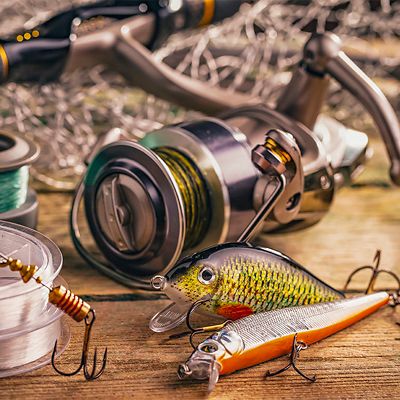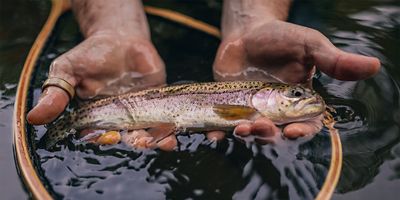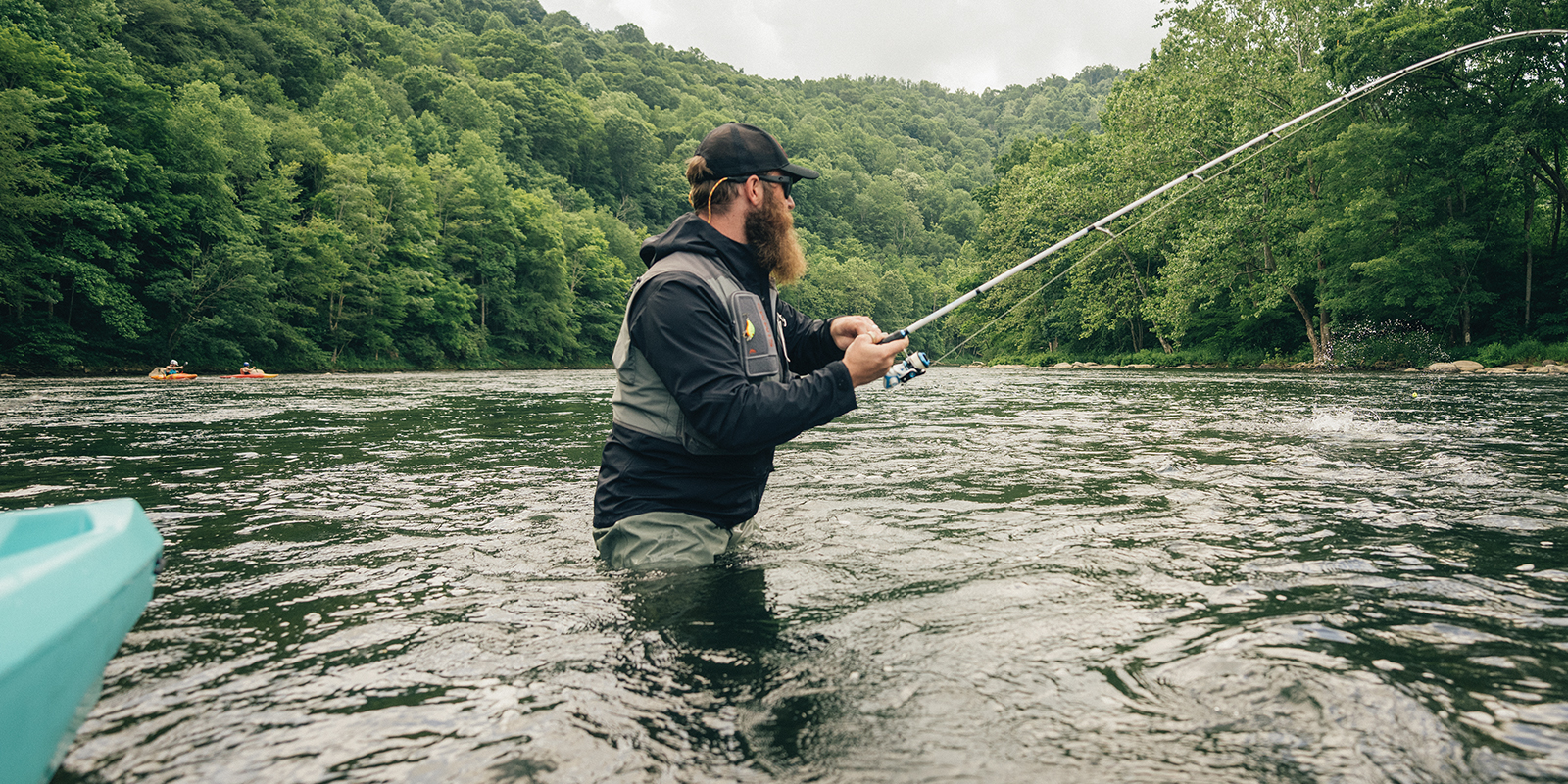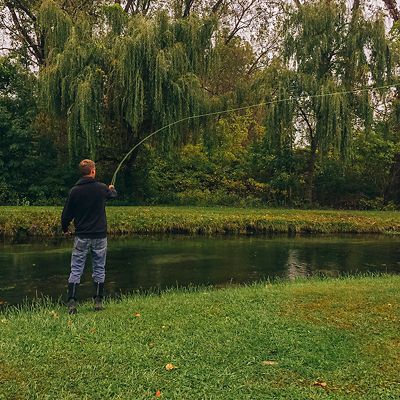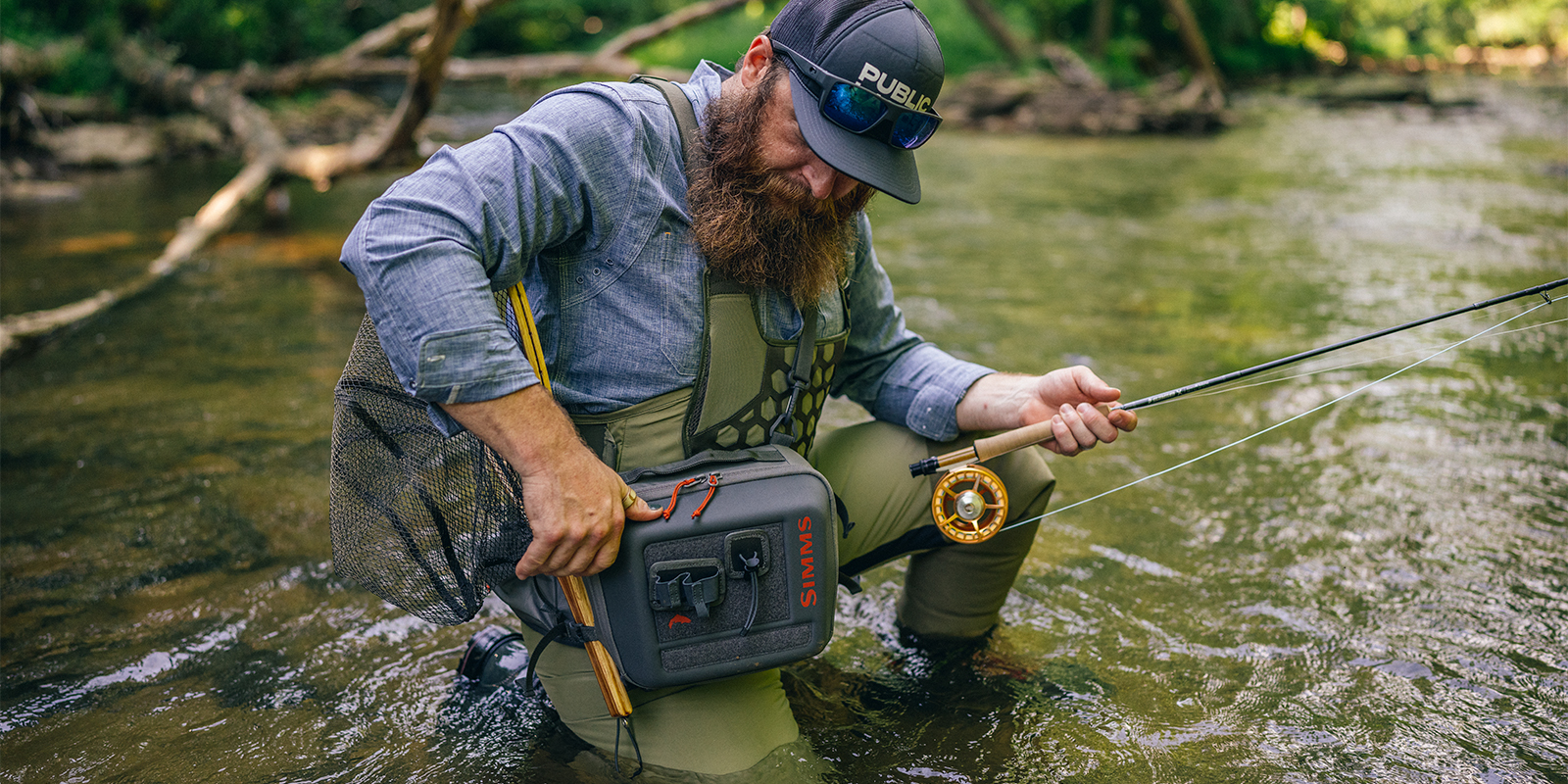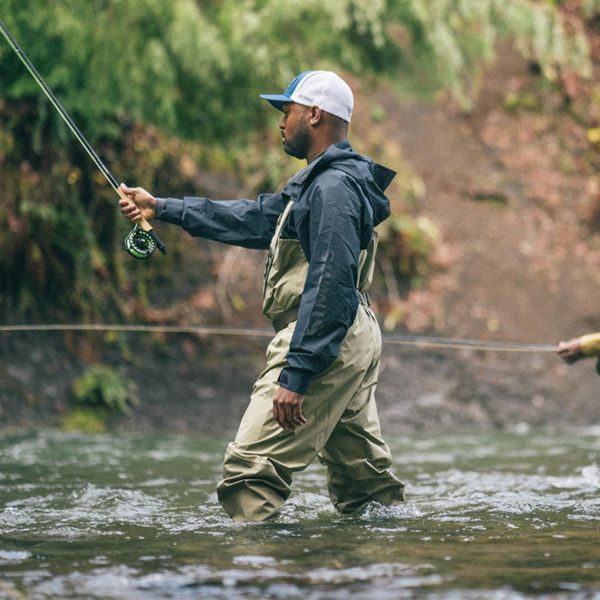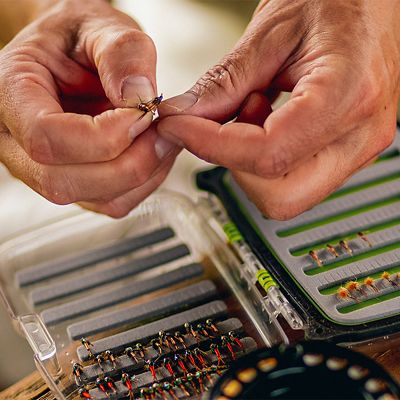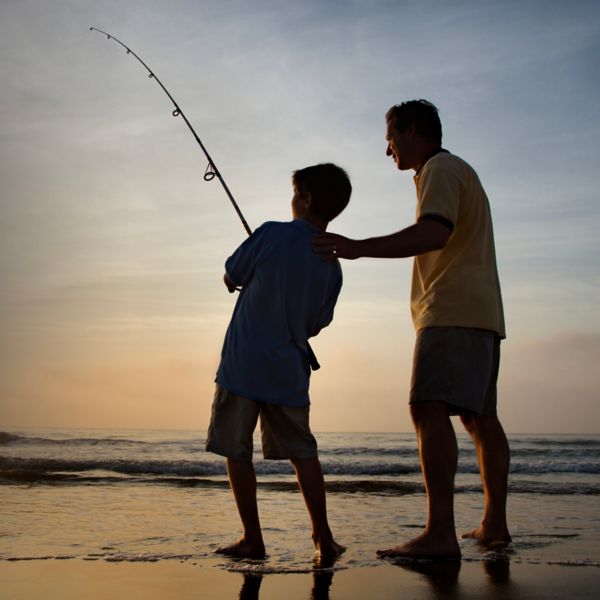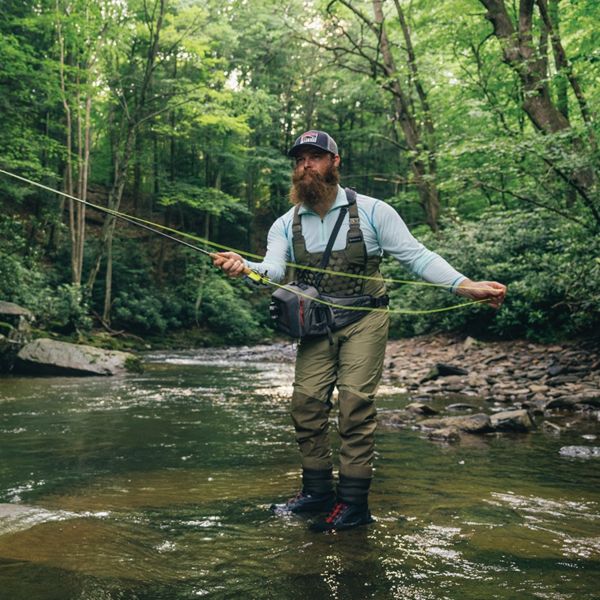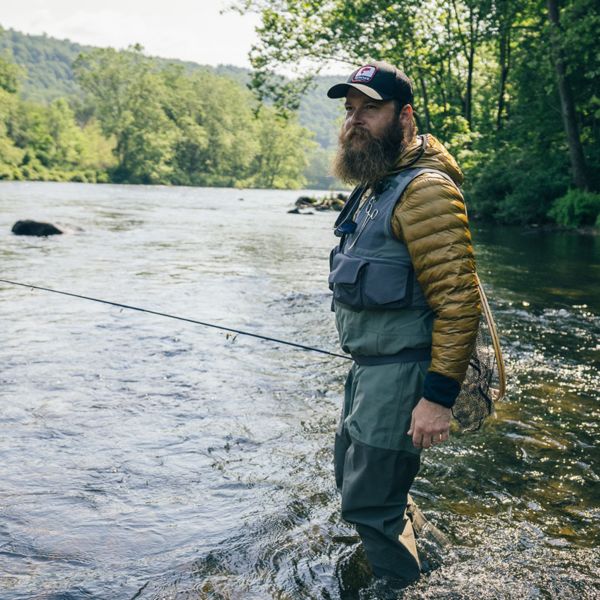Life on the ocean has a way of curing what ails you. Saltwater, however, is not so kind to your gear. It’s corrosive by nature, and fishing in the open sea often means enduring high winds, shifting tides, and volatile waves; investing in quality equipment pays off in the long run. A rod is one of the most important parts of your fishing setup. Its performance (and your level of comfort using it) play an outsized role in how much you enjoy your time on the water. Whether you’re sportfishing from a boat offshore or simply dropping a line from a pier, selecting the right saltwater stick is the only way to ensure you’re prepared for that first bite. Begin by considering the ocean terrain you’re covering and the fish you’re targeting. Then evaluate how the rod’s material, its action range, castability, power, and length will play to your advantage.
Saltwater fishing rod materials determine its durability and finesse out on the water.
Fiberglass: The most widely used saltwater fishing rod due to its flexibility, durability, and strength.
Pros: It can withstand abuse on boats and rough seas.
Cons: Heavier than graphite rods, and harder to detect subtle bait pickups.
Graphite: A softer material, made from carbon fiber for performance.
Pros: Lightweight, great at detecting subtle pickups and strikes.
Cons: Brittle and not as durable as fiberglass, can break under pressure or with sudden shocks.
Composite: A mix of graphite and fiberglass, this hybrid material can get you the best of both worlds.
Pros: Lightweight yet tough, good power range.
Cons: Can be pricey.
A fishing rod’s action. In fishing, the action refers to how much a rod can flex when pressure is put on the tip of the rod—or, how far down the rod can bend. It’s the primary contributor to a rod’s performance.
- Fast to extra-fast action: When the rod bends in the top third (or less); good for casting accuracy and large baits and lures intended for bigger fish.
- Moderate or medium action: When the rod bends in the top half; good for casting longer distances and when fishing for both large and small species.
- Slow action: When the rod’s bend begins in the lower third or the rod, or into the handle; good for casting live baits and working smaller lures, seeking smaller fish.


